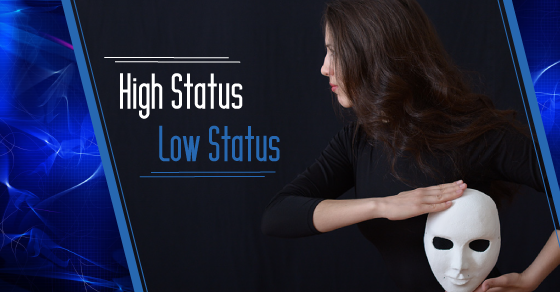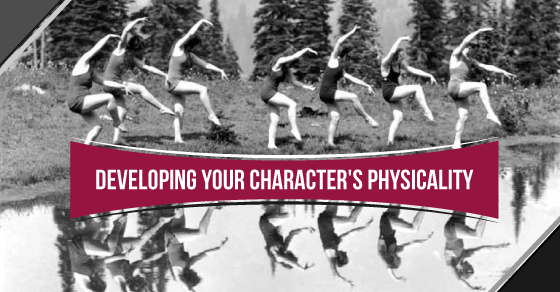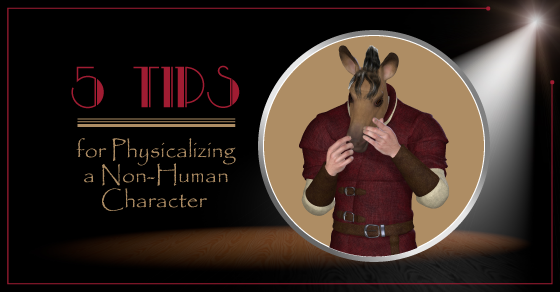High Status/Low Status Character Physicality
If you want your students to physicalize their characters, get them thinking about status.
What is status?
Answer this question for yourself. Write down a couple of different answers yourself, then ask your students to come up with a couple of different answers on their own.
What is status? Status is about power and control.
Many people talk about status in terms of money and monetary status. Money does give us status because it gives us control. But money does not necessarily mean that we have control. Control is not always about having money.
Status can be the relationship of control, like between a student and a teacher. The teacher has control. Why? Because students have been told the teacher has power over them. The teacher has control over a student’s grade.
A status relationship can occur in the most unexpected places. A homeless man who shouts at you on the street. What’s your first thought? Do you feel uncomfortable by this loud obnoxious person coming at you? You may have more money, but they have the power. They have the status in this situation.
Status can be about the struggle for control. Perhaps a high status person has status over a low status person and the low status person doesn’t like it. Or a low status person disguises themselves as a high status person to take that control back. When you look at a scene, look at who has control or which characters are battling with each other for status because they want control.
Physicalizing status
One of the ways we can learn about status is by physically playing status in the body. The way a high characters walks is quite different than the way a low status person walks.
How does a High Status person move?
Not afraid to touch or be touched. Initiates contact (eye contact, physical contact, or verbal contact). Body is physically open. Walks in straight lines. Takes time getting to their destination. Confident. Finishes a complete thought on a complete breath and in a complete sentence. Has a positive outlook. Has power. Has a large or small bubble of personal space but not afraid to have that bubble of space broken.
How does a Low Status person move?
Does not like to touch or be touched. Does not make or initiate contact of any kind (eye contact, physical contact, or verbal contact). Body is physically closed off or protected. Does not walk in a straight line. Rushes or moves slowly to their destination. Touches their hair, clothes or face while they talk. Does not finish a complete thought on a complete breath or a complete sentence. Gives away their power or has no power. Has a small bubble of personal space because they feel like they shouldn’t take up much space, OR a large bubble of personal space because they want to keep others away.
In the game you will describe characteristics for status and have your students take on those characteristics. Remind them that high status does not mean snobby or snotty and low status does not mean an emotionally broken person or somebody who has some sort of deep emotional problems. Again, it’s all about power.
Watch the Status Walks game in action!
NOTE: This game is featured in Todd’s Drama Teacher Academy course Commedia One: Playing Comedy. Click here to learn more!
Todd Espeland is a physical actor and director. He studied at the Dell’Arte School of Physical Theatre, a European-style theatre program founded by Carlo Mazzone-Clementi, the first teacher of Commedia dell’arte in the United States.



